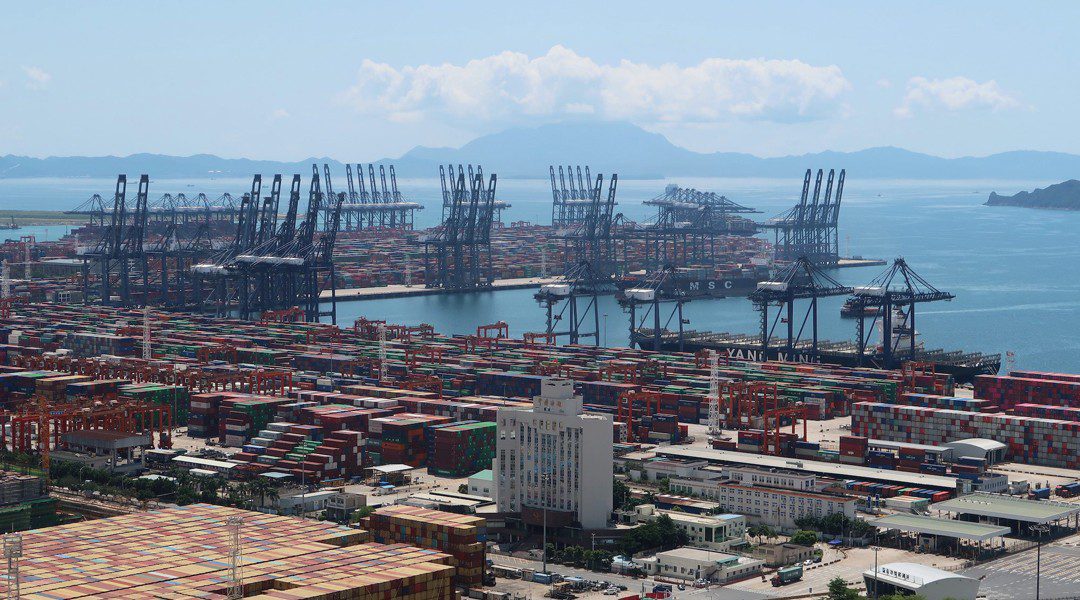THE UN’s International Maritime Organisation (IMO) is encountering resistance to the debut of its Carbon Intensity Indicator (CII), the first step in putting teeth into carbon emission mandates as being unfair to shipowners in the view of members of BIMCO, the big shipping association.
New regulations seek to lower carbon emissions by having containerships, tankers, bulkers, car carriers and other vessels operate more efficiently to stay street legal, notes New York’s FreightWaves.
A group of the world’s largest vessel charterers sent a letter to BIMCO stating that they will refuse to use the clause because ‘it places the obligation to comply with CII disproportionately on charterers’.
The 23 signatories included shipping lines Maersk, MSC, CMA CGM and Hapag-Lloyd; agricultural shipping giants ADM, Bunge and Louis Dreyfus; and top trading houses Trafigura and Vitol, among others.
The CII will assign each ship a letter rating from ‘A’ (best) to ‘E’ (worst) based on its annual carbon intensity in relation to an IMO-set target that will reduce over time. CII focuses on ship operations, not vessel hardware (which is the focus of a separate new regulation, EEXI).
The first CII rating will be determined in 2024, based on the carbon intensity of ship operations for the annual period starting in January. Thus, shipowner CII strategies will start affecting voyage planning shortly.
A ship’s carbon intensity is calculated by multiplying its annual fuel consumption by a carbon-emission factor assigned to the fuel type used, then dividing that total by the annual distance travelled multiplied by the ship capacity. In other words, an estimate of the carbon emissions divided by ton-miles.
What shipowners theoretically want to avoid is getting an ‘E’ in any one year, or a ‘D’ three years in a row. If that happens, the shipowner must update the vessel’s Ship Energy Efficiency Management Plan (SEEMP) by developing a corrective action plan, then adhere to that corrective plan.
There has been speculation that a lower rating would also make the vessel less attractive to future charterers or buyers, incentivizing owners to lower ship speed starting in 2023 and thereby lower fuel consumption to support ratings.
‘CII cannot be used to achieve desired decarbonization goals,’ dry bulk shipping association Intercargo flatly asserted. ‘There are significant flaws.’
A central criticism is that the formula is based on ship capacity, not cargo carried, when the goal should be to reduce the carbon intensity per ton of cargo carried.





